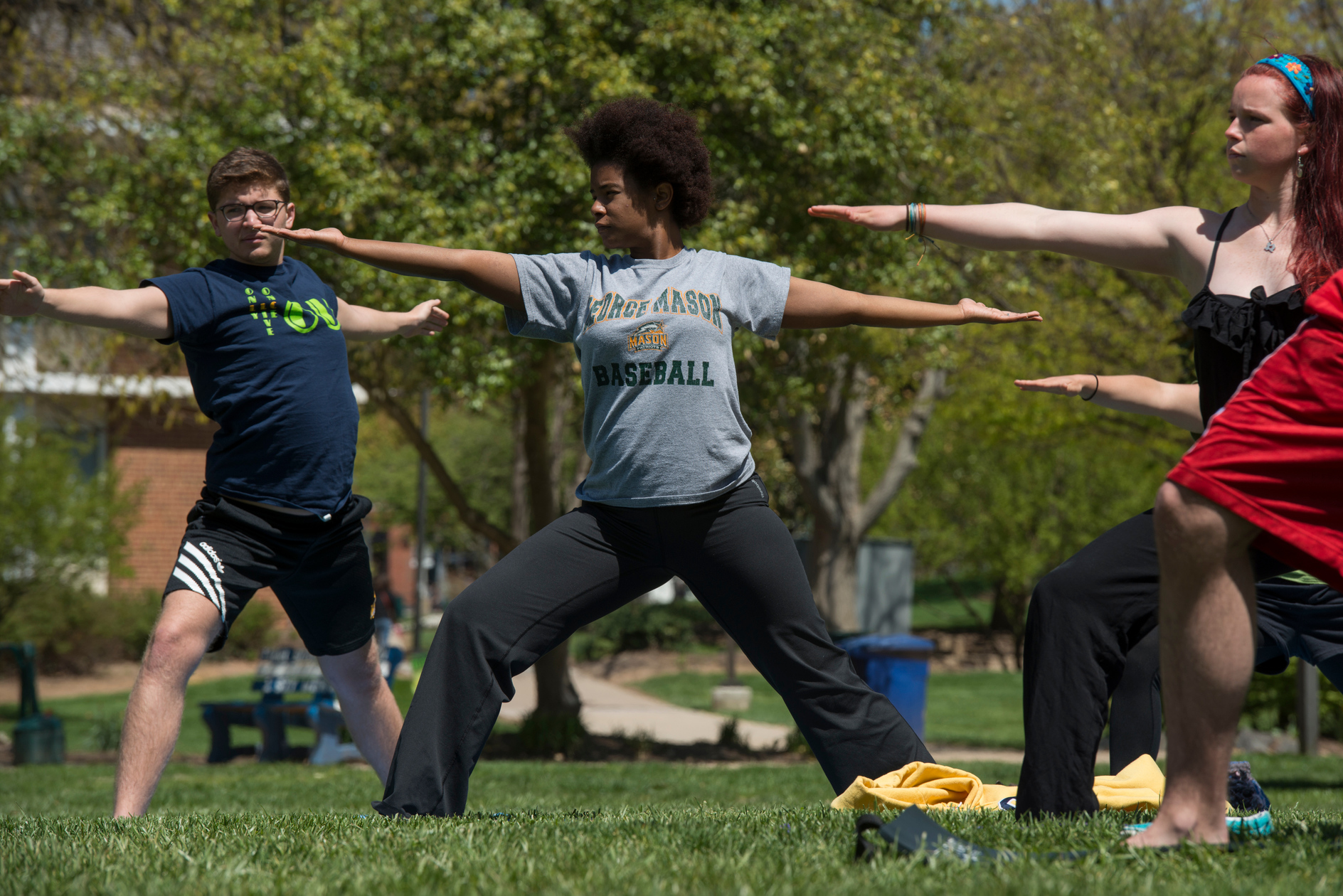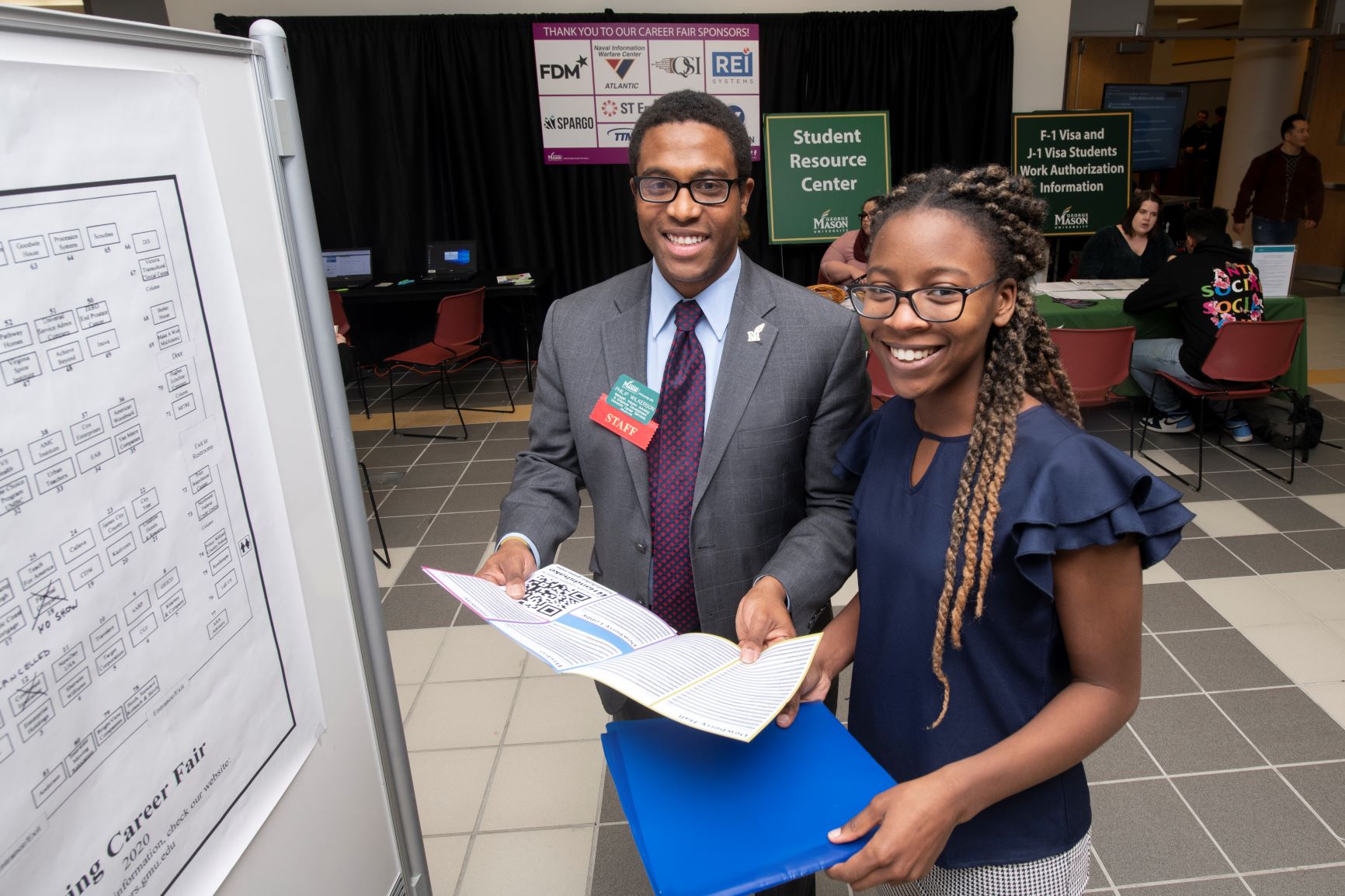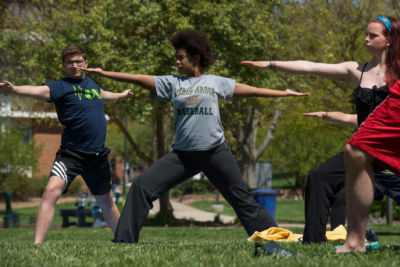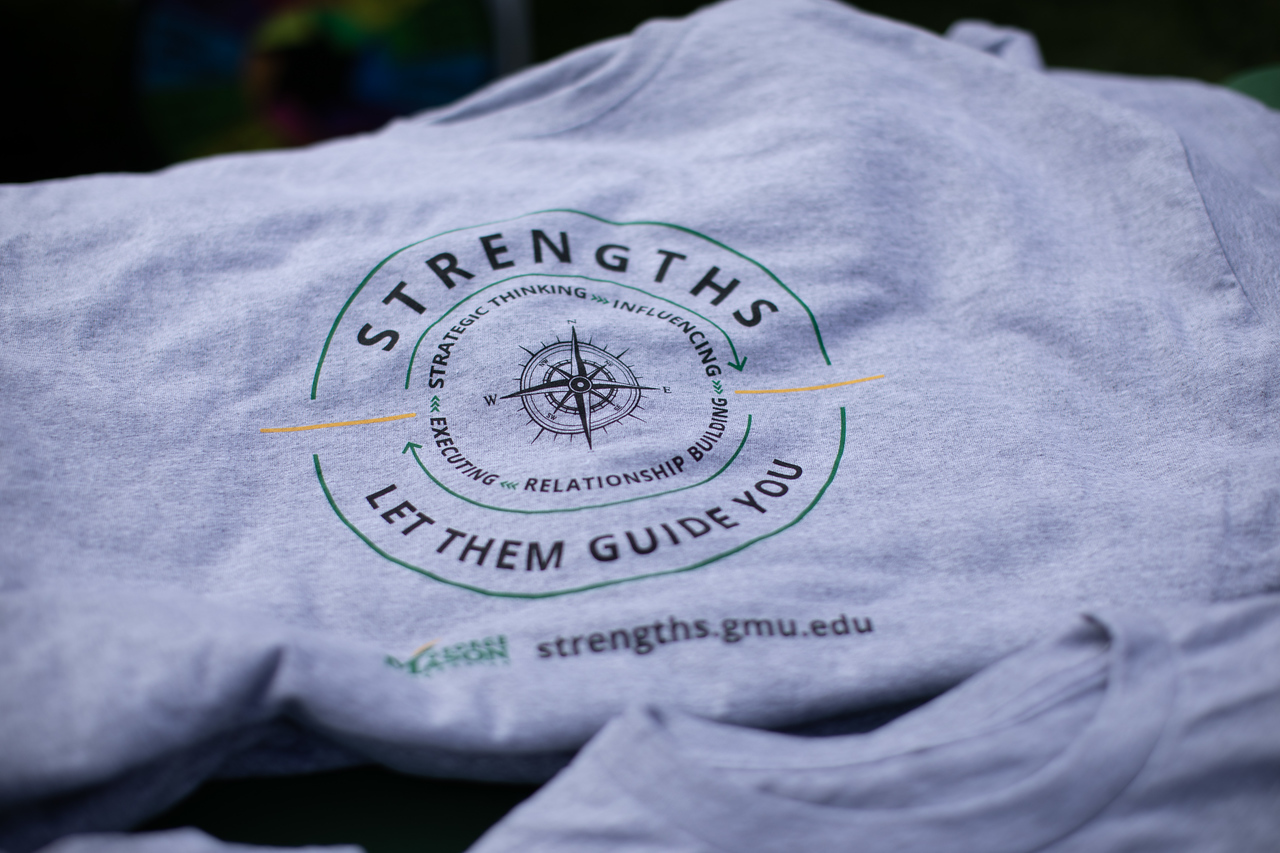By: Gregory C. Unruh, Ph.D., CWB Senior Scholar
“Where attention goes energy flows; where intention goes energy flows!” – James Redfield, author
This edition was written by CWB Senior Scholar Dr. Gregory C. Unruh, Ph.D., the Arison Professor of Values Leadership in Mason’s School of Integrative Studies, who teaches the course Eastern Thinking for Western Well-Being.
One of the first observations we make in the course Eastern Thinking for Western Well-Being is about the nature and function of our physical body. We tend to think of our body as a thing or an object, much like a coffee mug or an automobile. It seems obvious to us that our body is self-contained within our skin barrier, which clearly delineates “us” from our environment. In fact, the definition of the “environment” is “whole of things surrounding you,” so there is an axiomatic split between you and your environment.
But the idea that your body is a thing is just that, an idea. In reality your body is literally in constant exchange with the environment. In fact, if this exchange is curtailed, the body ceases to live. The exchange between body and environment is so complete that each year every atom and every molecule of your body is replaced. From an objective material perspective, you have a new body every year.
Your body is not a thing. It is a process. The objective reality for a human being is that, physically, you are a human flowing. Your body is a slow-motion waterfall, with materials and energy constantly flowing through you.
One of the big areas where we have influence around our body is in the decisions we make about what we allow to flow through our body. I like to use the acronym OWNER, as in you being the owner of your body, to designate the important aspects of managing your human flowing.
O=OXYGEN
Your breathing is the clearest indication that you are not a static object. Every breath is a process of engagement with the environment, which is in effect your extended body. Most people do not breathe efficiently and fail to give their body the full benefit of breathing. In order to breathe effectively, the muscle at the base of your lungs (called the diaphragm) has to descend in order to draw air in. When done properly, your belly expands. It’s called diaphragmatic breathing and it is built into many Eastern practices like yoga, where it’s calledpranayama. You can experiment with diaphragmatic breathing as part of your human flowing with this video:
W=WATER
Water is another element that’s constantly flowing through us. Most people recognize that flowing (not stagnant) water is vital for a healthy river. That is also true for your body. The flow of water through your system regulates temperature, lubricates joints, and facilitates the aqueous chemical reactions of metabolism. Water flows through you at a rate of 4 liters per day as you perspire, breathe, and urinate. In managing your flowing, you want to be conscious of the water flowing out of you when you go to the bathroom. Your urine should look like diluted lemonade. If it is dark, you are not feeding the flow and becoming dehydrated. By the time you feel thirsty, you are already in the early stages of dehydration, so don’t wait. Try not go more than 15 to 20 minutes without sipping water and inform yourself about the benefits of water here:
N=NUTRITION
Another aspect of human flowing is nutrition, in that what we put into our mouth becomes us physically. And in terms of nutrition: garbage in, garbage out. Many diseases that are the leading cause of death have a correlation with diet, including heart disease, cancer, stroke, and diabetes. It is sometimes said that we dig our graves with our teeth.
We often think of food as fuel, but food is really just an intermediary. The energy in food is really captured solar energy. It’s sunlight that has been captured by plants through the photosynthesis process. So, if that’s what we are after, it might make sense to eat as close to the sun as possible. This would mean making fruits and vegetables the foundation of our diet. A colorful mix of raw whole fruits and vegetables can help ensure you get a rich source of phytonutrients, vitamins and antioxidants. Feed your flowing and learn more about healthy eating from the Harvard School of Public Health:
https://www.hsph.harvard.edu/nutritionsource/healthy-eating-pyramid/
E=EXERCISE
Exercise is example of how understanding that we are not an object can be enlightening. A car is a thing, not a living organism. And when you use a thing, it wears out. After you drive your car enough miles, it will eventually fail and be sent to the scrap yard.
Many people think of their body as a thing and imagine it wearing out as they get older. But your body is not a thing. It’s a process. New elements are constantly flowing in and they can be used to rebuild and strengthen your body in response to how you use it. Instead of wearing down the body, exercise invigorates and strengthens it.
The keys to strengthening your human flowing through exercise are aerobic capacity, muscular strength, and flexibility. An effective way to pursue those goals is by practicing yoga asana. More vigorous yoga styles will allow you to simultaneously build your flexibility, strength, and aerobic capacity. While nothing substitutes for a skilled teacher, you can begin your practice with an online classes, like these:
https://www.youtube.com/channel/UCcox27Gc-NGbb2-X9hdLaMw
R=REST
At the end of each day, you can rest. Sleep is vital to the physiological cycles of use and renewal. By allowing your body to rest, sleep supports your heart’s health and helps reduce your body’s stress and inflammation. On the other hand, lack of sleep increases your risk of infection and obesity. A good night’s sleep is itself a type of flowing, going though four or five sleep cycles. The average adult needs seven to eight hours to pass through five sleep cycles, while teenagers need more like nine hours for the same. You can learn more about the flow of your nocturnal cycles from the National Institutes of Health here:
https://newsinhealth.nih.gov/2013/04/benefits-slumber
Write one of these Thriving Together Series features! We’re looking for contributions on all topics related to well-being. Read other Thriving Together Series articles here and contact us at cwb@gmu.edu for guidelines. Thank you for helping our Mason community thrive together online!






















